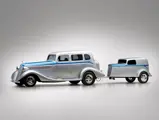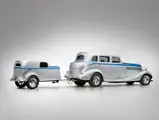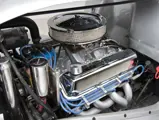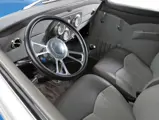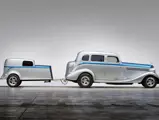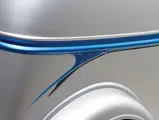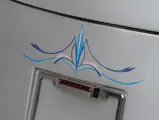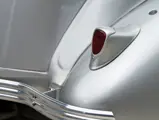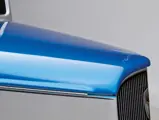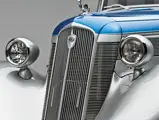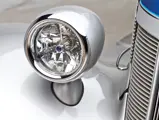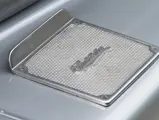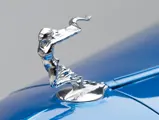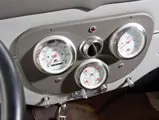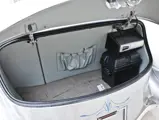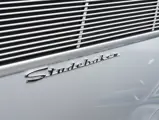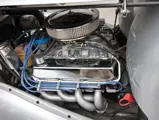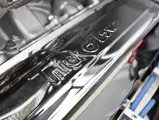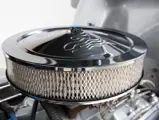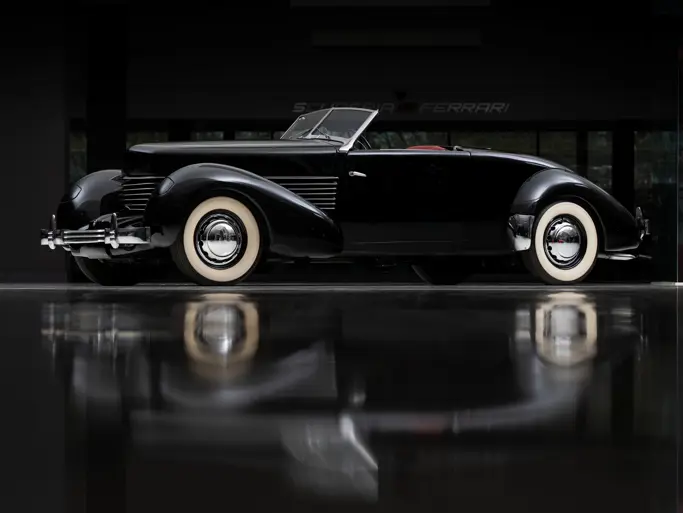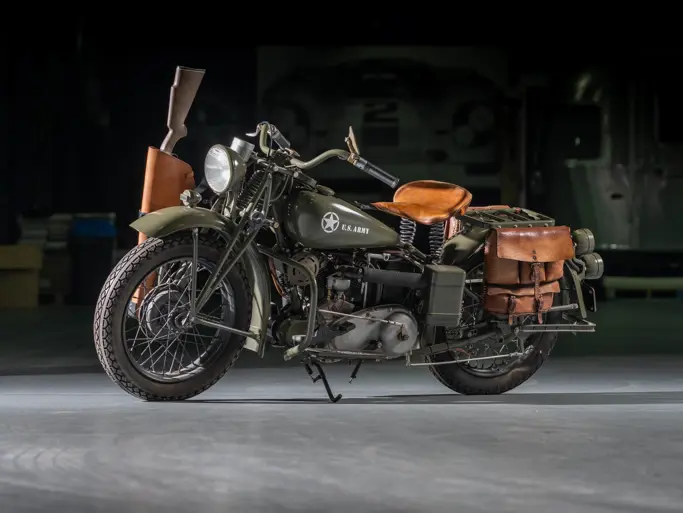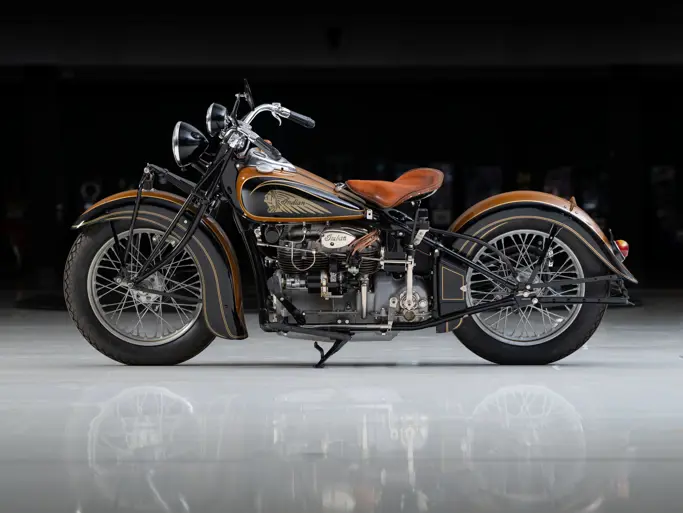The John Staluppi Collection
1935 Studebaker Commander Custom Sedan and Trailer
{{lr.item.text}}
$45,100 USD | Sold
 | North Palm Beach, Florida
| North Palm Beach, Florida
{{internetCurrentBid}}
{{internetTimeLeft}}

Model 1B. 325 bhp, 460 cu. in. OHV V-8 engine, three-speed Hydra-Matic transmission, coil-over-shock independent front suspension, live rear axle with semi-elliptic leaf springs, and disc-front, drum-rear hydraulic brakes. Wheelbase: 120.0 in.
This eye-catching Studebaker breaks all the rules. Conventional wisdom holds that a proper street rod has a Ford or GM body and is powered by a small block Chevy V-8 with a Hydra-Matic transmission. For extra energy, some choose a big block 502 or 572 instead. A peek under this car’s hood will leave folks even more confused. It’s a big block, all right, but big block what?
Most people probably don’t recognize the car as a 1935 Studebaker Commander. A few will identify the big block 460 Ford engine and surmise it may have a C6 transmission. To be sure, it has a number of orthodox street rod touches, like power rack-and-pinion steering and coil-over-shock independent front suspension, but it departs again from the recipe by retaining drum brakes and leaf springs on the nine-inch Ford axle.
“Big block” is a bit ambiguous in relation to Ford. There were several Ford big blocks with different lineage, some even built at the same time. The most familiar were billed as 390, 427, and 428. They were all descendants of the 332 and 352 “FE” engine of 1958, actually “medium block” in Ford terminology, and built in Cleveland. The real big blocks, offered as 429s in Fords and 460s in Fords and Lincolns, came from the 383-410-430 family and were built at the Lima, Ohio engine plant.
Nicely complementing the blue and silver paint, the interior is upholstered in grey and charcoal vinyl. Matching grey carpet covers the floor. With front bucket seats, a flat dashboard, and a tilt steering column, the layout is more reminiscent of a 1930s sedan than a reproduction of one, but a ’30s-style central instrument cluster has been employed, fitted with Dolphin gauges. Outlets for the Vintage Air system are subtly placed at the outer edges, and an Alpine stereo has been craftily installed. The transmission gears are selected by an age-appropriate floor-mounted stick. Other driver conveniences include cruise control and power steering.
The body is all-steel and original. The only substantial alteration is the replacement of the fabric roof panel with steel and the joint filled and faired to a smooth surface. Blue dot taillight lenses are a nice touch, and the small headlights, reminiscent of the “olive eye” E&J accessory style, are actually motorcycle items.
The engine compartment is tastefully chromed and spotlessly clean. The powerplant is fed by a four-barrel Edelbrock carburetor and cooled by electric fans. The wheels are from Billet Specialties and are mounted with radial tires. Studebakers for 1935 had a top-loading “bustle” trunk, which has been retained in this Commander. Should greater cargo capacity be needed, a matching theme fiberglass-bodied enclosed trailer is included in the sale. Carpeted inside in grey, it measures 10 feet from bumper to hitch and is equipped with a spare tire. Painted in the same blue and silver colors, it connects easily to a Class 1 hitch on the rear of the car.
Only after taking in the car’s stunning paint, wheels, lights, and bumpers does the eye focus on the radiator ornament. A magnificent chrome damsel with flowing hair, she is known as “Goddess,” the spirit of all Studebakers. This car follows her wherever she goes.

